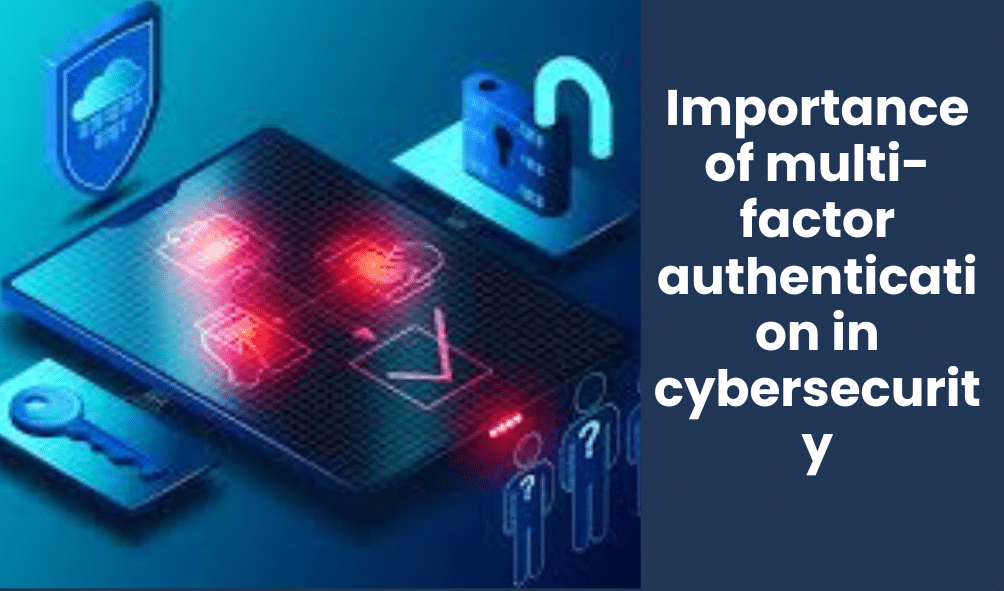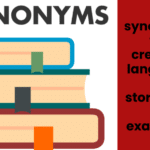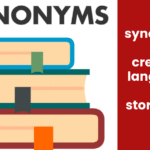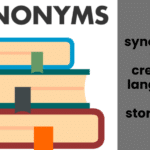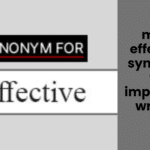In the modern digital landscape, where cyber threats are becoming increasingly sophisticated, safeguarding sensitive data and systems has never been more crucial. One of the most effective ways to enhance security and protect against unauthorized access is through multi-factor authentication (MFA). This article explores the importance of MFA in cybersecurity, its benefits, common methods, and best practices for implementation.
Understanding Multi-Factor Authentication (MFA)
Multi-factor authentication (MFA) is a security process that requires users to provide multiple forms of verification before gaining access to an account or system. Unlike traditional authentication, which relies solely on a password, MFA strengthens security by requiring additional verification methods. This approach significantly reduces the likelihood of unauthorized access, even if a password is compromised.
MFA typically involves three categories of authentication factors:
- Something You Know – This includes passwords, PINs, or security questions.
- Something You Have – Examples include security tokens, mobile authentication apps, or smart cards.
- Something You Are – This category includes biometric authentication methods such as fingerprint scans, facial recognition, or voice recognition.
By requiring a combination of these factors, MFA enhances security and makes it significantly more difficult for attackers to breach an account or system.
The Rising Need for MFA in Cybersecurity
Cybercrime has been on the rise, with data breaches, identity theft, and phishing attacks becoming more common. According to cybersecurity reports, weak or stolen passwords account for a significant percentage of data breaches. MFA mitigates this risk by adding extra layers of security, ensuring that a compromised password alone is insufficient for unauthorized access.
Additionally, with the increasing adoption of remote work, cloud computing, and online transactions, securing access to sensitive systems and information is more important than ever. Organizations and individuals must implement MFA to safeguard their digital assets and personal information.
Benefits of Multi-Factor Authentication
1. Enhanced Security
MFA provides an additional layer of security beyond traditional passwords. Even if a hacker manages to obtain a user’s password through phishing or credential stuffing, they would still need to bypass the additional authentication factors, making unauthorized access much more challenging.
2. Mitigation of Phishing and Social Engineering Attacks
Phishing attacks are one of the most common methods cybercriminals use to steal credentials. MFA helps prevent unauthorized access even if a user falls victim to a phishing scam since the attacker would still need access to the second authentication factor.
3. Protection Against Credential Stuffing
Cybercriminals often use stolen credentials from data breaches to attempt unauthorized access to multiple accounts. With MFA in place, even if credentials are leaked, attackers cannot gain entry without the second or third authentication factor.
4. Compliance with Security Regulations
Many industries and regulatory bodies mandate the use of MFA to protect sensitive data. Compliance standards such as the General Data Protection Regulation (GDPR), Payment Card Industry Data Security Standard (PCI DSS), and the Health Insurance Portability and Accountability Act (HIPAA) require organizations to implement strong authentication measures. Failing to comply can lead to severe penalties and reputational damage.
5. Improved User Trust and Customer Confidence
Customers and users are more likely to trust businesses that take cybersecurity seriously. Implementing MFA reassures users that their data is protected, fostering confidence in an organization’s security measures.
Common Methods of MFA
Various methods can be used to implement multi-factor authentication, each with its level of security and convenience. Some of the most common methods include:
1. One-Time Passwords (OTPs)
OTPs are temporary codes sent to a user’s registered device via SMS, email, or an authenticator app. These codes expire after a short period, adding an extra layer of security.
2. Authenticator Apps
Apps like Google Authenticator, Microsoft Authenticator, and Authy generate time-sensitive codes that users must enter during login. These apps are considered more secure than SMS-based OTPs since they are less susceptible to interception.
3. Biometric Authentication
Biometric authentication methods such as fingerprint scanning, facial recognition, and retina scans are highly secure and user-friendly. These methods are difficult to replicate, making them an effective form of authentication.
4. Hardware Security Keys
Physical security keys, such as YubiKey and Google Titan Security Key, offer strong authentication by requiring users to insert the key into their device or tap it during the login process.
5. Push Notifications
Many services offer push notifications that prompt users to approve or deny a login attempt on a trusted device. This method prevents unauthorized logins and alerts users if someone attempts to access their account.
Best Practices for Implementing MFA
To maximize the effectiveness of MFA, organizations and individuals should follow these best practices:
- Use Multiple Authentication Factors – Implement at least two authentication factors, preferably a combination of different categories (e.g., something you know and something you have).
- Avoid SMS-Based Authentication When Possible – While SMS-based OTPs are better than no MFA, they are vulnerable to SIM-swapping attacks. Instead, use authenticator apps or hardware security keys.
- Educate Users on Security Best Practices – Train employees and users to recognize phishing attempts and avoid sharing authentication codes or personal information with anyone.
- Enable MFA for All Critical Accounts – Ensure that MFA is enabled for email accounts, financial services, cloud storage, and any system that contains sensitive data.
- Regularly Update and Review Security Policies – Cyber threats evolve constantly, so organizations should regularly review their authentication policies and update security measures accordingly.
- Implement Adaptive MFA – Adaptive authentication uses risk-based analysis to determine the level of authentication required. For example, logging in from an unfamiliar location or device may trigger additional verification steps.
Conclusion
Multi-factor authentication is an essential component of modern cybersecurity strategies. With the increasing prevalence of cyber threats, relying solely on passwords is no longer sufficient. MFA provides an extra layer of security that significantly reduces the risk of unauthorized access, data breaches, and identity theft.
By implementing MFA, organizations can protect sensitive data, comply with security regulations, and build user trust. Individuals should also adopt MFA for their personal accounts to safeguard against cyber threats. As cybersecurity continues to evolve, multi-factor authentication will remain a fundamental tool in the fight against cybercrime.

